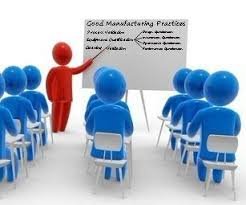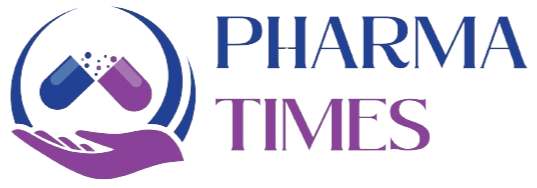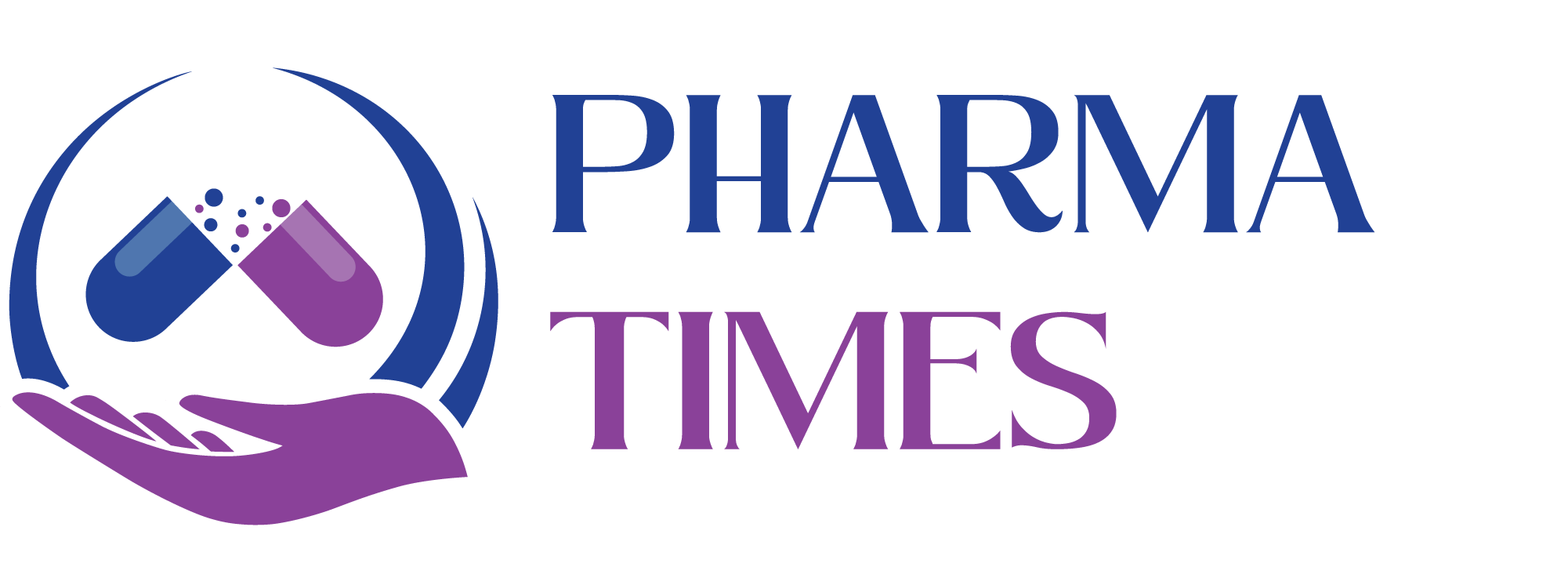Requirements of FDA for Training in Pharmaceuticals

Requirements of FDA for Training in Pharmaceuticals
Training in the pharmaceutical industry is a critical requirement under cGMP regulations (21 CFR Parts 210 & 211). The FDA expects companies to have a structured, documented training system that ensures employees are competent to perform their duties in compliance with GMP.
1. Regulatory Basis
-
21 CFR Part 211.25 – Personnel Qualifications
-
Each person engaged in manufacturing, processing, packing, or holding of a drug product shall have education, training, and experience to perform their assigned functions.
-
Training in cGMP regulations must be conducted frequently and appropriate to the individual’s duties.
-
-
21 CFR Part 211.28 – Personnel Responsibilities
-
Personnel must follow hygiene, gowning, and safety requirements. Training must cover these aspects.
-
-
21 CFR Part 211.22(d) – Quality Unit Responsibilities
-
The Quality Unit (QA/QC) is responsible for ensuring training programs are established and followed.
-
2. FDA Expectations for Training Programs
-
Structured Training Program
-
Training should be planned, documented, and approved by QA.
-
Cover induction training, on-the-job training, periodic refreshers, and specialized training (e.g., aseptic techniques, data integrity).
-
-
GMP Training for All Employees
-
Everyone involved in manufacturing, testing, warehousing, and quality must be trained in cGMP basics.
-
Non-production staff (e.g., maintenance, IT, contractors) must also be trained if they enter controlled areas.
-
-
Role-Based & Job-Specific Training
-
Training content must match responsibilities (e.g., QC analysts trained in analytical methods, production operators trained in equipment use and cleaning).
-
-
Qualified Trainers
-
Trainers must be subject matter experts and qualified to deliver the training.
-
-
Training Frequency
-
Initial training at hiring or role change.
-
Regular refresher training (usually annually for cGMP).
-
Retraining after deviations, audit findings, or SOP revisions.
-
-
Assessment & Effectiveness Checks
-
FDA expects verification that employees understood the training (e.g., written tests, practical demonstrations, on-the-job evaluation).
-
Documentation of assessment must be retained.
-
-
Training Records & Documentation
-
Training logs should include:
-
Employee name and signature
-
Date of training
-
Topic/SOP number
-
Trainer’s name and signature
-
Assessment results (if applicable)
-
-
Records must be retained, easily retrievable, and audit-ready.
-
-
Continuous Improvement
-
Training content should be updated based on new regulations, SOP changes, deviations, or CAPA outcomes.
-
3. Common FDA Observations Related to Training
-
Training not conducted frequently enough.
-
Training records missing or incomplete.
-
Employees performing tasks without documented training.
-
Ineffective training → same errors recurring in deviations.
-
Inadequate training for contract employees or temporary staff.
✅ Summary
The FDA requires pharmaceutical companies to maintain a robust, documented, and role-specific training system that ensures employees are competent and GMP-compliant. Training must be regular, assessed for effectiveness, and well-documented to withstand regulatory scrutiny.
🎓 Discover one of the best Complete Pharmaceutical Quality Assurance Course available —click below to explore the course that’s shaping future in QA Course skills.

